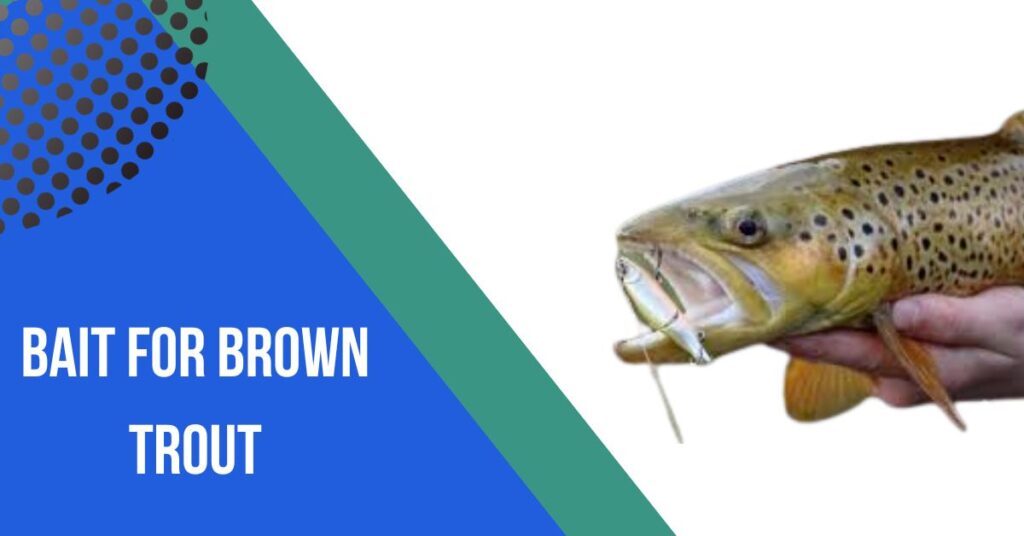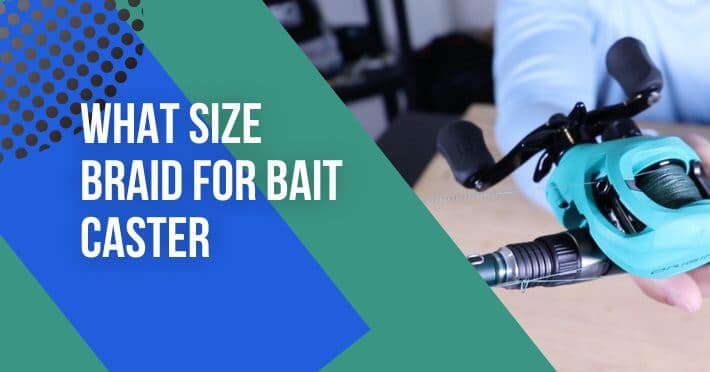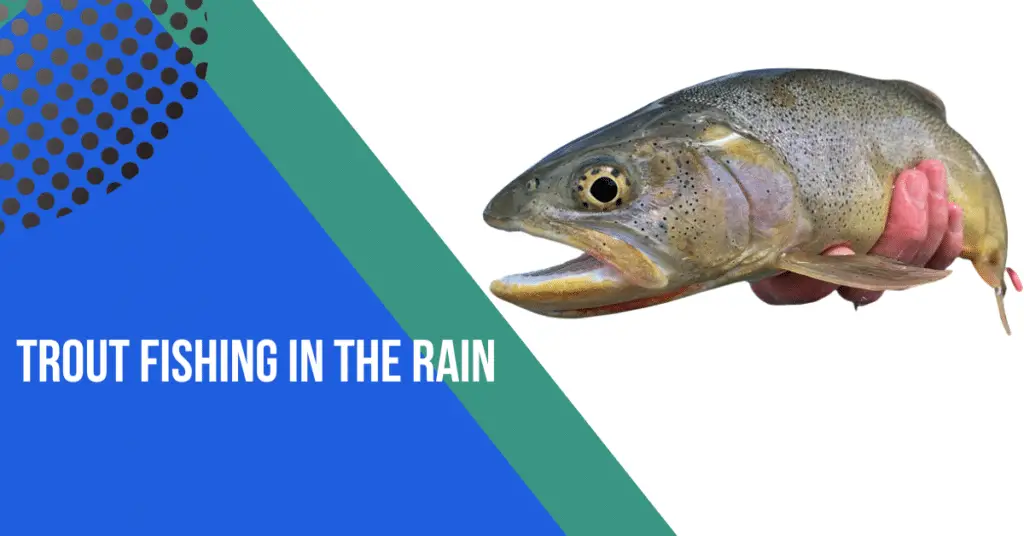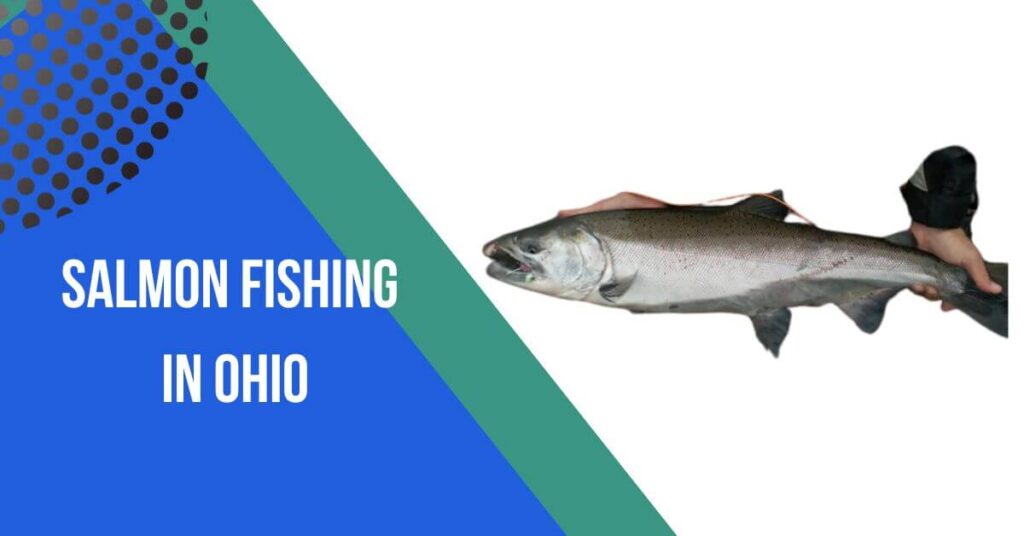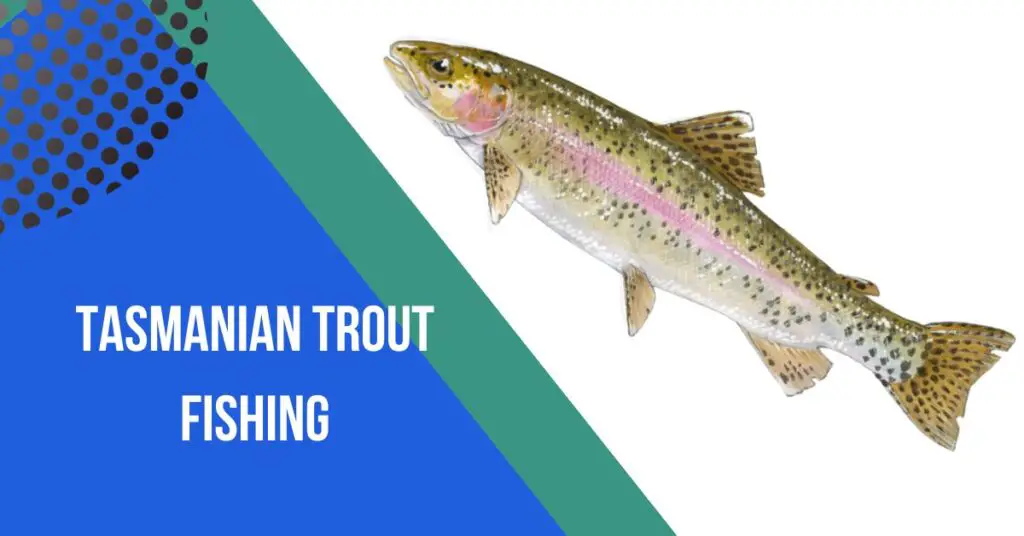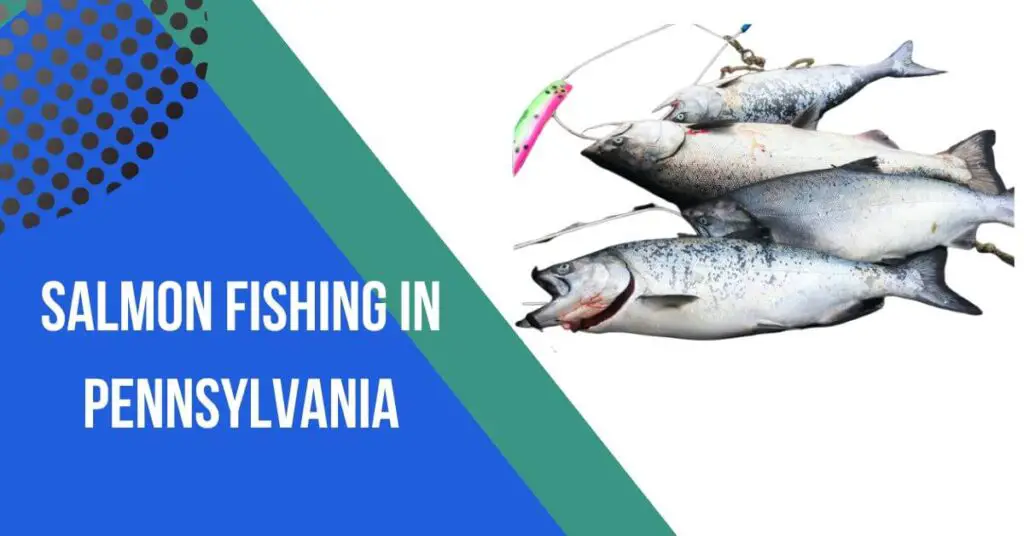Contents
- 1 Bait For Brown Trout
- 2 Appearance:
- 3 Habitat:
- 4 Behavior:
- 5 Size
- 6 Life Cycle:
- 7 Global Distribution:
- 8 Angling Significance:
- 9 Understanding Brown Trout Behavior:
- 10 Habitat Preferences:
- 11 Feeding Habits:
- 12 Territorial Behavior:
- 13 Spawning Behavior:
- 14 Activity Patterns:
- 15 Wariness and Selectivity:
- 16 Artificial Lures:
- 17 Spinners:
- 18 Spoons:
- 19 Crankbaits:
- 20 Soft Plastic Baits:
- 21 Jerk baits:
- 22 Fly Fishing Lures:
- 23 Top water Lures:
- 24 Inline Spinners:
- 25 Conclusion:
- 26 FAQs:
- 27 Q: What is the best time of year to fish for brown trout?
- 28 Q: What is the preferred habitat of brown trout?
- 29 Q: What types of bait are most effective for brown trout?
- 30 Q: What is the best technique for catching brown trout in rivers?
- 31 Q: Do brown trout prefer certain weather conditions?
- 32 Q: Are there size limits and regulations for brown trout fishing?
- 33 Q: What is the difference between wild and stocked brown trout?
- 34 Q: Can I fly fish for brown trout?
- 35 Q: How can I improve my chances of catching a trophy-sized brown trout?
Discover the elusive world of brown trout fishing! Dive into the thrill of pursuing these wily and majestic freshwater predators.
From the quiet serenity of mountain streams to the rush of casting in vibrant rivers, brown trout fishing offers an unforgettable adventure for anglers seeking both skill and serendipity.
Join us as we explore the art and excitement of catching brown trout – a pursuit that promises not just a catch, but a captivating journey into the heart of nature’s beauty. Lets dive into Bait For Brown Trout.
Bait For Brown Trout
Brown trout (Salmo trutta) is a highly prized and sought-after species among anglers worldwide.
Renowned for its elusive nature and challenging behavior, the brown trout is a freshwater fish that thrives in a variety of environments.
Here’s a brief overview:
Appearance:
- Brown trout exhibit a distinctive appearance with a streamlined body, marked by a blend of olive, brown, and yellow hues.
- They often have scattered black and red spots along their sides, and their lower fins may display a reddish-orange coloration.
Habitat:
- They prefer cool, well-oxygenated water and are often associated with rocky structures and underwater cover.
Behavior:
- They display a diverse range of feeding habits, consuming various aquatic insects, small fish, and even terrestrial insects that fall into the water.
Size
- Factors such as habitat and food availability influence their growth rate and size.
Life Cycle:
- Brown trout undergo a complex life cycle that includes hatching from eggs, spending time as fry and fingerlings, and maturing into adults.
- They are known to exhibit migratory behavior, with some populations of brown trout undertaking spawning migrations.

Global Distribution:
- They thrive in a variety of climates, contributing to their widespread distribution and popularity among anglers in diverse locations.
Angling Significance:
- Anglers value brown trout for their challenging behavior and the rewarding experience they offer.
- Catching a trophy-sized brown trout is often considered a significant achievement in the sport of fishing.
In essence, the brown trout’s combination of striking beauty, challenging behavior, and adaptability makes it a fascinating and sought-after species for anglers of all skill levels.
Understanding Brown Trout Behavior:
Understanding the behavior of brown trout is crucial for successful angling. These fish are known for their intelligence and adaptability, requiring anglers to have a nuanced understanding of their habits.
Here are key aspects of brown trout behavior:
Habitat Preferences:

Temperature and Oxygen Levels: Brown trout thrive in cool water with high oxygen levels. They are often found in clear, well-oxygenated streams and rivers.
Cover and Structure: Brown trout prefer areas with ample cover, such as submerged rocks, fallen trees, and undercut banks. These structures provide shelter and ambush points.
Feeding Habits:

Opportunistic Feeders: Brown trout are opportunistic predators, feeding on a variety of prey, including aquatic insects, smaller fish, crustaceans, and even terrestrial insects that fall into the water.
Diverse Diets: Their diet can vary based on the availability of prey in their environment, and they may switch between different food sources throughout the year.
Territorial Behavior:
Home Range: Brown trout often establish a home range within a specific section of a stream or river. They can be territorial, especially during the spawning season.
Aggression and Competition: Larger brown trout may exhibit territorial aggression, defending prime feeding and spawning locations from other fish.
Spawning Behavior:
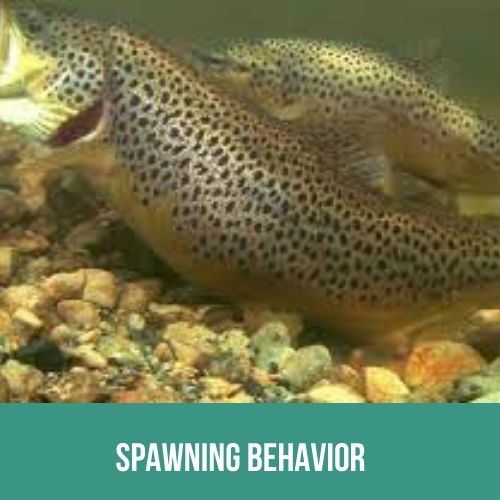
Migration: Some brown trout populations undertake spawning migrations, moving from larger bodies of water to smaller tributaries or gravel beds.
Redd Construction: During spawning, female brown trout create depressions called redds in gravel beds where they deposit eggs. Males play a role in fertilizing the eggs.
Activity Patterns:
Crepuscular Feeders: Brown trout are often more active during low-light periods, such as dawn and dusk. Night fishing can also be productive.
Seasonal Variations: Their behavior can change with the seasons, with different feeding patterns and preferences for certain types of water conditions.
Wariness and Selectivity:
Smart and Wary: Brown trout are known for their wariness and ability to detect fishing activity. They may become more selective in their feeding habits in response to fishing pressure.
Presentation Matters: Anglers often need to use stealthy approaches, precise casting, and realistic bait presentations to entice brown trout.
Understanding these aspects of brown trout behavior provides a foundation for developing effective fishing strategies.
Observing local conditions, adapting to seasonal changes, and being aware of the specific habits of brown trout in a given water system are keys to successful angling.
Artificial Lures:
Using artificial lures can be an exciting and effective way to target brown trout. These lures mimic the appearance and movement of various prey, enticing the predatory instincts of brown trout.
Here are some popular artificial lures for brown trout fishing:

Spinners:
- Description: Spinners consist of a rotating blade or blades that create flash and vibration in the water, attracting the attention of brown trout.
- Use: Effective in both streams and rivers, especially in faster-moving water. Vary retrieval speed to find the most enticing presentation.
Spoons:
- Description: Spoon lures have a curved shape that imitates the fluttering motion of a wounded baitfish. They come in various sizes and colors.
- Use: Ideal for casting in lakes and deeper pools of rivers. Retrieving with a twitching motion can mimic injured prey.
Crankbaits:
- Description: Crankbaits are hard-bodied lures with a diving lip that allows them to dive to specific depths. They often mimic smaller fish or crayfish.
- Use: Effective in rivers and lakes, especially when targeting brown trout in deeper water. Experiment with different diving depths.
Soft Plastic Baits:
- Description: Soft plastics come in the form of worms, grubs, and minnow imitations made of pliable materials. They offer a realistic feel.
- Use: Rig on a jig head or use Carolina or Texas rigs. Excellent for slow presentations, especially in areas with submerged structures.
Jerk baits:
- Description: Jerk baits have a long, slender profile and are designed to mimic wounded baitfish. They are often used with a twitching or jerking retrieve.
- Use: Effective in clear water situations, such as in streams and lakes with good visibility. Mimic the erratic movements of injured prey.
Fly Fishing Lures:
- Description: Flies such as streamers, nymphs, and dry flies can imitate various aquatic insects and baitfish.
- Use: Fly fishing for brown trout is a classic and effective method. Match the hatch by observing local insect activity.
Top water Lures:
- Description: Surface lures create disturbance and imitate prey that is swimming at or just below the water’s surface.
- Use: Ideal for early morning or late evening when brown trout are more likely to strike at prey near the surface.
Inline Spinners:
- Description: Inline spinners consist of a spinning blade directly on the shaft of the lure. They produce flashes and vibrations.
- Use: Effective in streams and rivers, especially in shallower areas. Experiment with different blade sizes and colors.
When using artificial lures for brown trout, it’s essential to consider the water conditions, the time of day, and the specific preferences of the fish in the area.
Varying your presentation and trying different lure styles can help determine what is most effective on a given day.
Conclusion:
In conclusion, mastering the art of brown trout fishing is a rewarding journey that combines knowledge, skill, and a deep connection with nature.
Whether casting in pristine mountain streams or testing your mettle in the currents of a vibrant river, the elusive brown trout offers a thrilling challenge for anglers.
From understanding their habitat preferences to employing effective bait techniques, success lies in the delicate balance of strategy and patience.
As you venture into the realm of brown trout angling, remember to adapt to seasonal patterns, employ stealth in your approach, and cherish the moments spent in the great outdoors.
So, pack your gear, explore diverse waters, and immerse yourself in the pursuit of brown trout—a pursuit that not only promises the thrill of the catch but also invites you to become a steward of these remarkable ecosystems.
May your lines be tight, your experiences rich, and your appreciation for the wonders of brown trout fishing ever-growing. Happy angling!
FAQs:
Q: What is the best time of year to fish for brown trout?
A: Brown trout can be caught year-round, but spring and fall are often considered prime seasons. During these times, the water temperatures are favorable, and brown trout are actively feeding.
Q: What is the preferred habitat of brown trout?
A: Brown trout thrive in cool, well-oxygenated water. They are often found in clear streams and rivers with rocky structures and underwater cover.
Q: What types of bait are most effective for brown trout?
A: Brown trout are known to go after both natural baits, such as live worms and minnows, and artificial lures, including spinners, spoons, and crankbaits. The choice often depends on local conditions and angler preference.
Q: What is the best technique for catching brown trout in rivers?
A: In rivers, casting upstream and allowing your bait or lure to drift naturally with the current is a common technique. Using spinners or nymphs can also be effective, especially in riffles and deeper pools.
Q: Do brown trout prefer certain weather conditions?
A: Brown trout are more active during low-light conditions, such as dawn and dusk. Overcast days can also improve fishing success. However, they can be caught in various weather conditions with the right techniques.
Q: Are there size limits and regulations for brown trout fishing?
A: Fishing regulations vary by location, so it’s essential to check local rules and regulations. Many areas have size limits and catch-and-release practices to conserve brown trout populations.
Q: What is the difference between wild and stocked brown trout?
A: Wild brown trout are naturally reproducing populations, while stocked brown trout are raised in hatcheries and released into water bodies by fisheries management. Wild trout often exhibit more natural behaviors and can be more challenging to catch.
Q: Can I fly fish for brown trout?
A: Absolutely! Fly fishing is a popular and effective method for catching brown trout. Various fly patterns, such as streamers, nymphs, and dry flies, can imitate the prey items brown trout feed on.
Q: How can I improve my chances of catching a trophy-sized brown trout?
A: Patience, observation, and adapting to local conditions are key. Study the water, learn the habits of the brown trout in that area, and be willing to experiment with different baits and techniques. Trophy trout often require a strategic and thoughtful approach.

